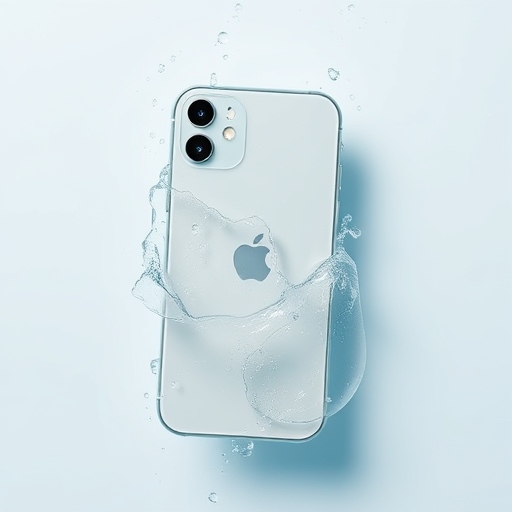Accidentally dropping your phone in water can be a nightmare, but don’t panic! Whether it’s a splash from a pool, a spill from your drink, or a drop in the sink, knowing how to effectively remove water from your phone can save it from permanent damage. In this guide, we’ll explore step-by-step methods to dry out your device and some preventive measures to keep your phone safe from water in the future.
Step 1: Turn Off Your Phone Immediately
As soon as you realize your phone has come into contact with water, the first step is to turn it off. This minimizes the risk of a short circuit, which can occur when electricity flows through wet components. If your phone is already off, resist the urge to turn it back on until it’s completely dry.
Step 2: Remove Accessories
Take off any cases, screen protectors, or accessories. These can trap moisture against your phone, prolonging the drying process. If your phone has removable parts, such as a SIM card or battery, take those out too. This will help air circulate better and expedite the drying process.
Step 3: Dry the Exterior
Gently wipe the exterior of your phone with a soft, lint-free cloth to remove any excess water. Be careful not to push water into any openings, such as the charging port or headphone jack. Tilt the phone to allow any trapped water to escape.
Step 4: Use a Vacuum or Compressed Air
To remove moisture from hard-to-reach areas, you can use a vacuum cleaner with a hose attachment or a can of compressed air. Hold the vacuum several inches away from the phone and gently move it around the openings. Avoid using a hair dryer, as the heat can damage your phone.
Step 5: Silica Gel or Rice Method
For further drying, place your phone in a container filled with silica gel packets or uncooked rice. Silica gel is more effective because it absorbs moisture without leaving residue, but rice can work in a pinch. Leave your phone submerged in the drying agent for at least 24-48 hours for the best results.
Step 6: Wait It Out
Patience is key. After using the silica gel or rice method, wait at least 24 hours before attempting to turn your phone back on. If your phone does not power on, or if you notice any unusual behavior, it may need professional repair.
Preventive Measures
To avoid water damage in the future, consider these tips:
- Invest in a Waterproof Case: If you frequently use your phone near water, a waterproof case can provide a crucial layer of protection.
- Be Mindful of Your Surroundings: Avoid placing your phone near sinks, pools, or other bodies of water where it could easily fall in.
- Stay Informed About Your Phone’s Water Resistance: Many modern smartphones come with a certain level of water resistance (look for IP ratings). Familiarize yourself with your device’s specifications.
- Use a Screen Protector: A quality screen protector can help shield your phone from accidental spills.
Conclusion
While water damage can be distressing, knowing how to properly remove water from your phone can make a significant difference. By following these steps, you can minimize potential damage and hopefully revive your device. Remember, if your phone does not respond after following these methods, it might be time to consult a professional repair service. For those looking to upgrade their phone after water damage, consider trading in your device at gbuyback.com for a new one!
By taking proactive measures and knowing how to handle water incidents, you can ensure your phone stays safe and functional for years to come.


